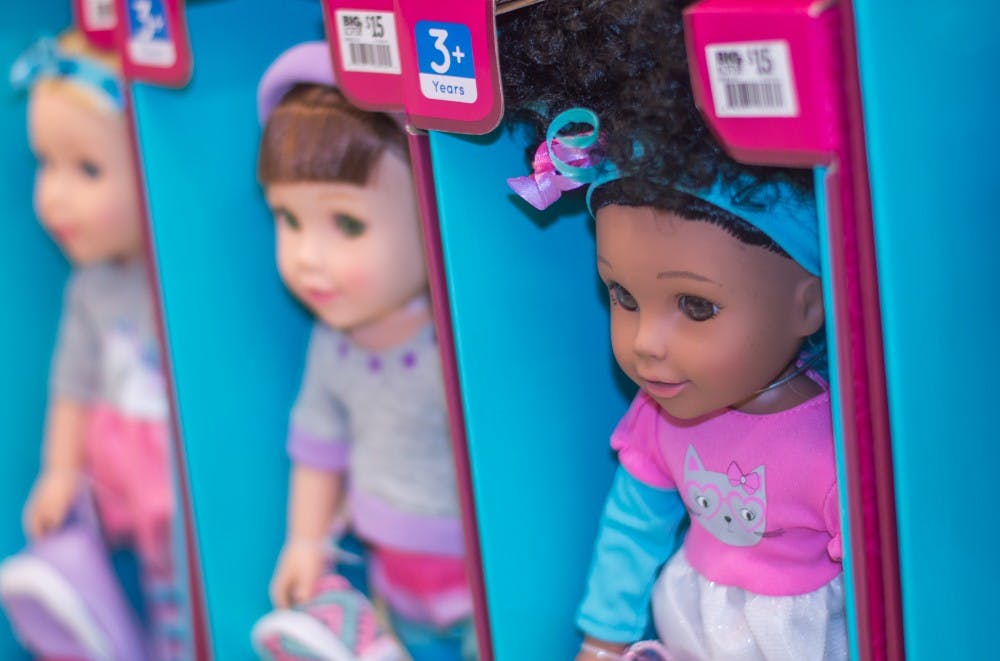One day, when I was around 8 years old, my best friend Maddie and I were at her house playing with her Barbie dolls. Even though Maddie was white, and I was black, we always referred to each other as sisters. While playing with the Barbies, Maddie turned to me.
I wish they made more Barbies that looked like you.
What Maddie said made me think. I started to wonder why Barbie didn’t look like me. All my Barbie dolls were white with long, blonde hair and blue eyes. Barbie was a fictional character that I looked up to, and so did the majority of girls I knew in grade school. I thought about how cool it would be to have a Barbie that had brown eyes, brown skin, and curly, textured hair.
Although the first official black Barbie came out in 1980, it wasn’t the common Barbie that was publicized, and it definitely wasn’t the common Barbie to play with. In fact, she had white features, like smooth hair rather than the curly textured hair of a black woman in reality.
This lack of diversity isn’t just with toys, though.
According to the Comprehensive Annenberg Report on Diversity in Entertainment, more than 400 films and TV shows said 28.3 percent of characters were from non-white racial/ethnic groups, while these groups occupy nearly 40 percent of the country’s population. The researchers for the study call this issue an “epidemic of invisibility.”
To continue reading, visit ballbearingsmag.com.





